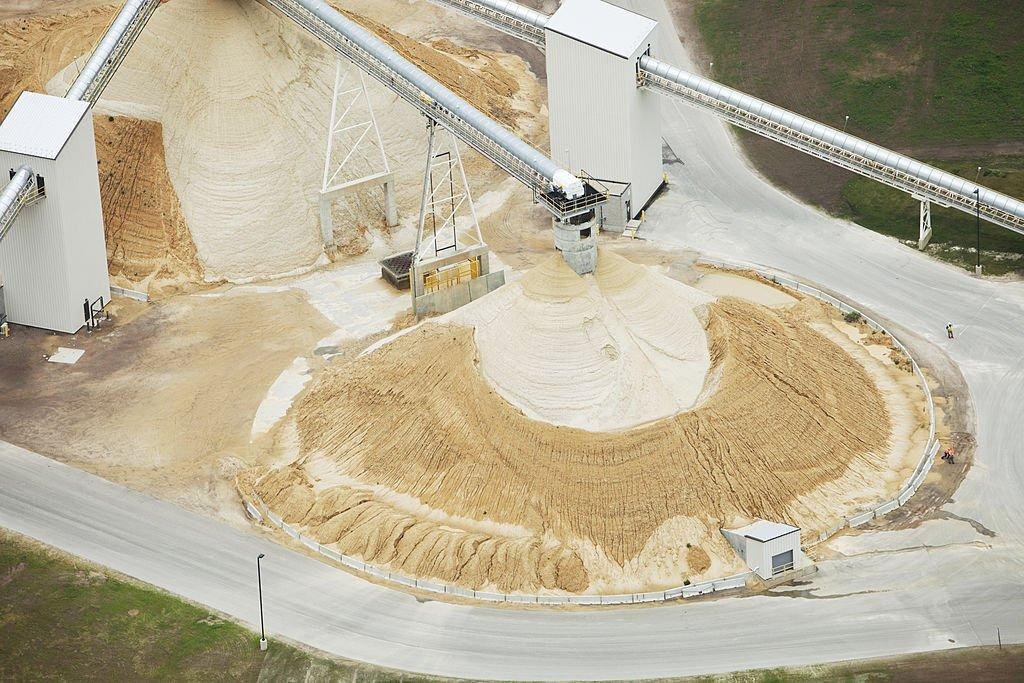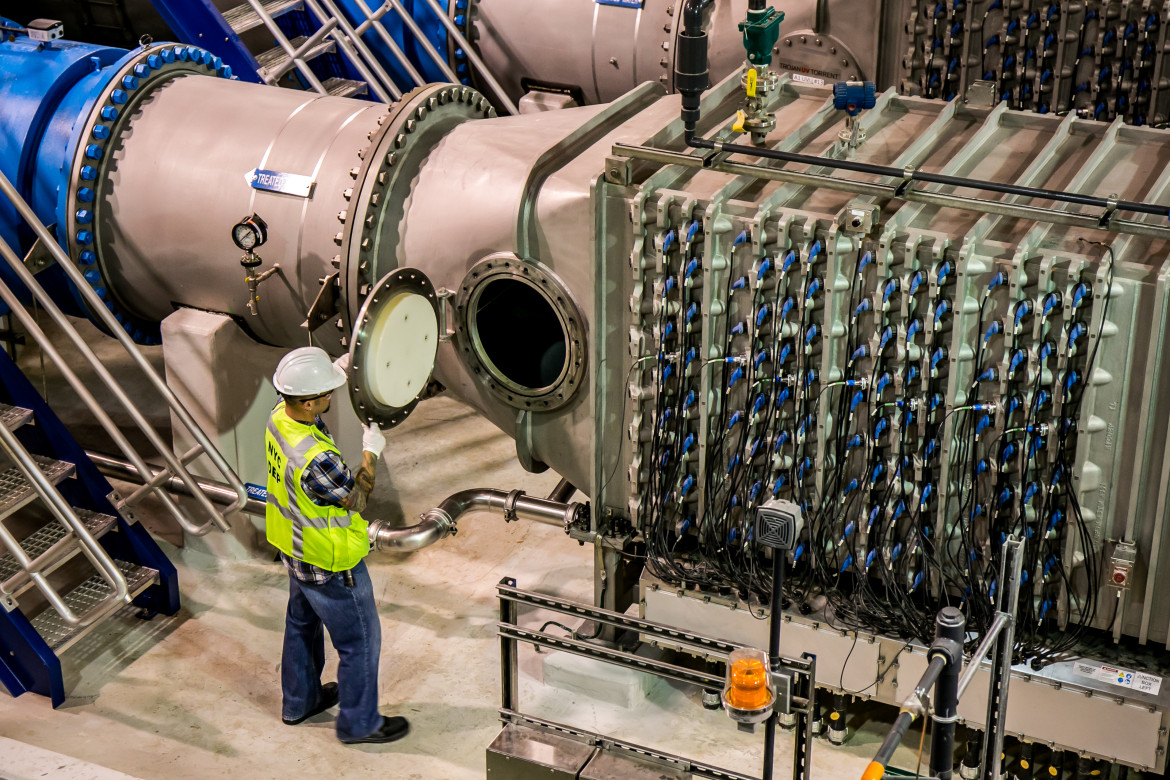Silic Sand VS Zeomedia
Sand is a commonly used filter media in water treatment processes. It is effective at removing a variety of contaminants from water, including particulate matter, bacteria, and viruses. Sand filters work by passing water through a bed of sand, which removes the contaminants as the water flows through.
Silica sand is a type of sand that is made up of tiny particles of silicon dioxide, which is a naturally occurring compound. It is commonly used as a filter media in water treatment because it is highly effective at removing contaminants, and it is relatively inexpensive.

Several types of sand filters can be used in water treatment, including rapid, slow, and pressure sand filters.
The specific type of sand filter used will depend on the particular needs and circumstances of the treatment plant.
Sand filters are generally considered to be a safe and effective water treatment technology, although there are a few potential issues to be aware of when using silica sand in water treatment
Here is a list of some of the potential issues using silica sand in water treatment:
- Clogging: Sand filters can become clogged over time as contaminants accumulate in the sand bed. This can reduce the effectiveness of the filter and may require the filter to be cleaned or replaced.
- Ineffective removal of specific contaminants: Sand filters may not effectively remove all contaminants, especially very small or dissolved contaminants.
- Wear and tear on infrastructure: Water flow through the sand bed can cause wear and tear on pipes and other infrastructure, which may require repairs or replacement over time.
- Disposal of spent sand: Spent sand, which is the sand that has been removed from the filter, may need to be disposed of in a safe and environmentally responsible manner.
This is where Zeomedia enters the game.
1) You can triple the duration of the filtration run, which translates into significant water and energy savings.
Because it has triple the loading capacity compared to silica sand and 50% vs. multibed filters. What allows you to retain particles not only in the upper part of the filter but also up to 50% of the bed, this translates into greater filtration runs and savings of up to 70% of water in backwashes and in the energy that is required to backwash.
2) Requires less water and energy to backwash:
Because it is 50% lighter than silica sand, the backwash flow rate required to expand the bed is 30% less, plus air is not required to rinse and backwash the bed. This translates into significant water and energy savings.
3) Removes colloidal particles down to one micron.
Zeomedia 14–40 can remove particles down to one micron, versus 10 microns, which is the maximum particle size that silica sand and multi-bed can remove, because Zeomedia has a surface area 10 times greater 35 to 40 mt2/gram vs 3–5 of sand, which allows it to adsorb colloidal particles, achieving a filtration far superior to that of sand.
This translates into fewer soiling and wear problems, a longer useful life for the rest of the filter elements such as activated carbon, cartridge filters, resins, and membranes, and a reduction of up to 30% in maintenance costs, either eliminates or drastically reduces the need to use a physical-chemical pretreatment (flocculation coagulation) to remove colloidal particles.
Let's talk...
Tel: +52 81 3849 5959
Email: sales@zeomediafilter.com
We are the only company in Mexico with NSF certification to help you reach the new regulations and parameters marked by the new NOM 127 in the water treatment process.
To know more about what type of filter you need, don’t hesitate and contact us. Let us help you choose the right filter media regarding your needs.





